Extreme Summer Heat Threatens Coral Replanting Effort – Scientific American
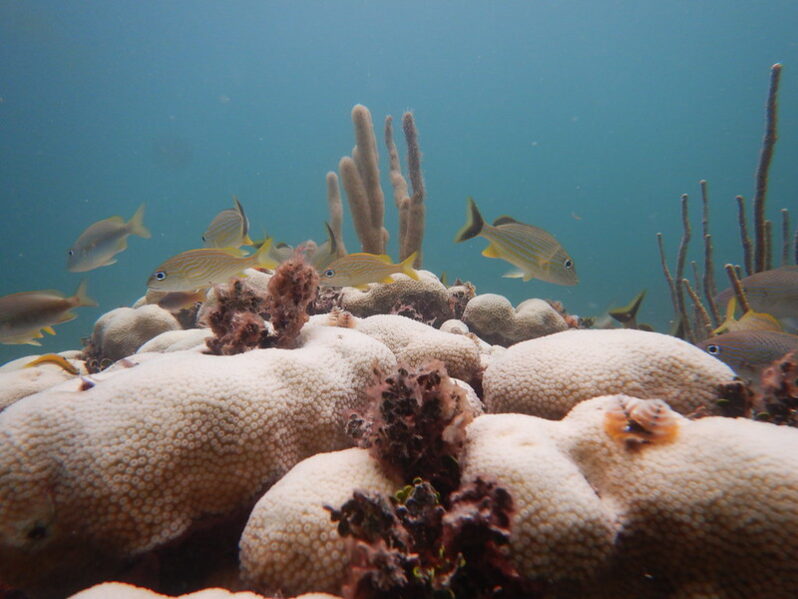
A marine heat wave last year undercut efforts to regrow coral reefs off Florida’s coast. Conservationists are worried this year could be problematic, too…
The Oceans We Knew Are Already Gone – the Atlantic
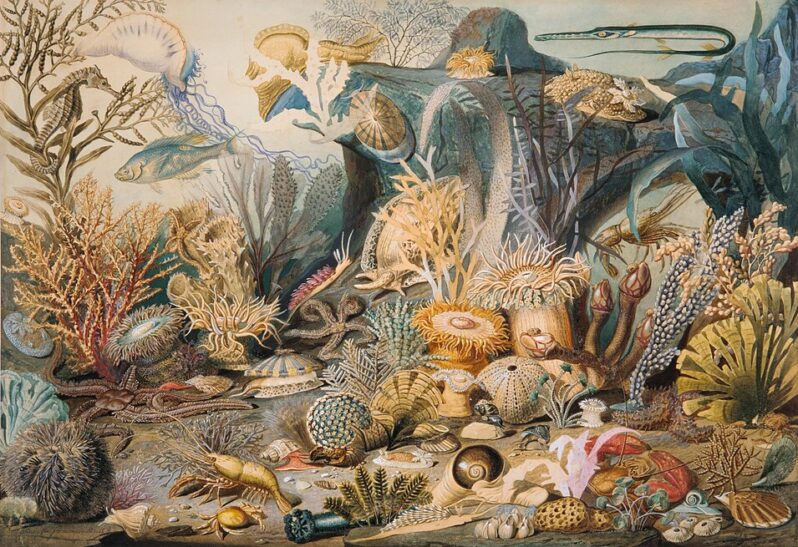
As far as humanity is concerned, the transformation of our seas is “effectively permanent.”
Ocean Wonders: Aging in the Abyss – Hakai Institute
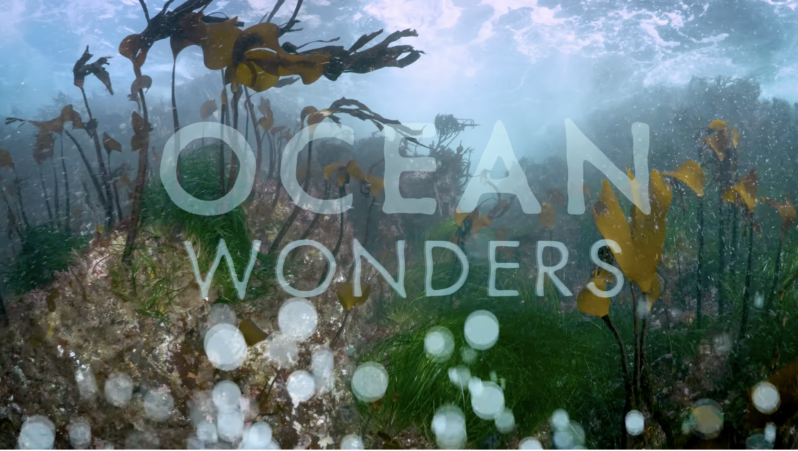
“Imagine what it might be like to get old living in the deep. From creatures that exist for just a matter of days to others that never quite die, animal aging in the deep blue is as wild as the sea itself. Join us as we take a look at what it’s like to grow old in the ocean…”
Dammed but Not Doomed – Hakai Magazine

As dams come down on the Skutik River, the once-demonized alewife—a fish beloved by the Passamaquoddy—gets a second chance at life…
Nanoplastics linked to heart attack, stroke and early death, study finds – CNN
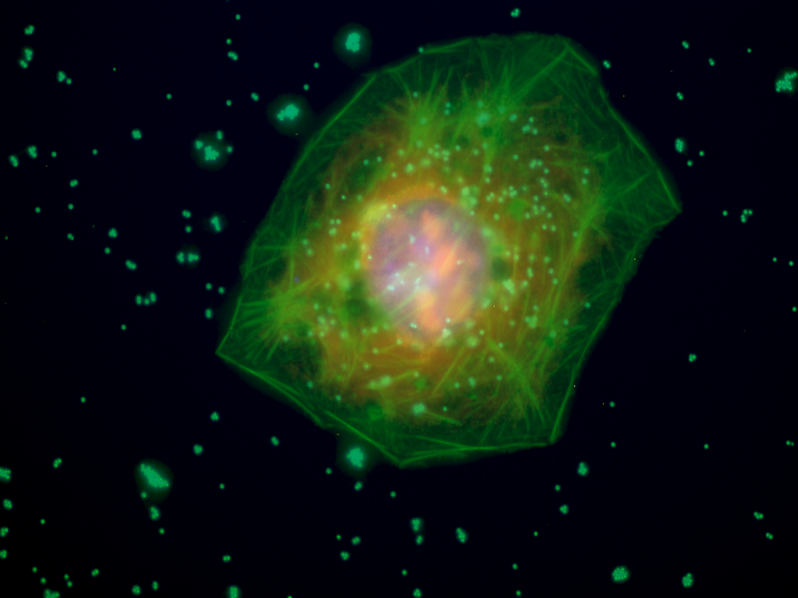
People with microplastics or nanoplastics in their carotid artery tissues were twice as likely to have a heart attack, stroke or die from any cause over the next three years than people who had none, a new study found…“To date, our study is the first that associated the plastic contamination with human diseases,” said Raffaele Marfella, lead author of the study published Wednesday in the New England Journal of Medicine…
The “Vanité” Series by 1011
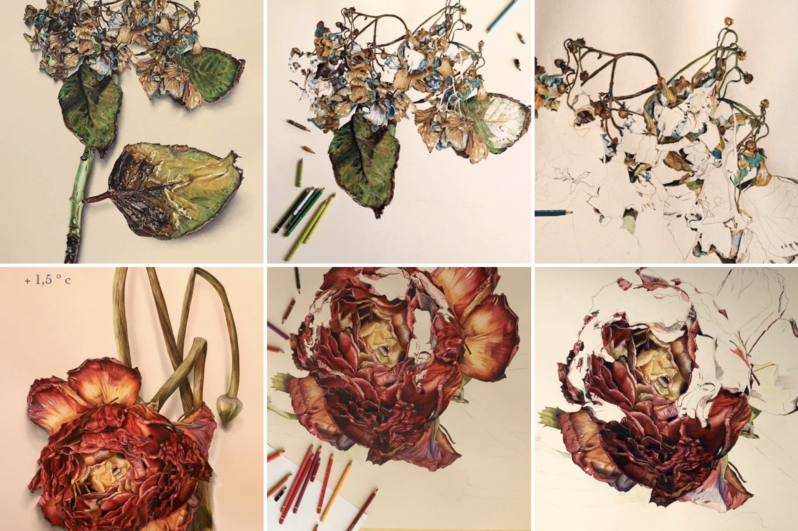
“A humble flower is the labor of centuries.” – William Blake from the Artist’s Statement:“The title (of this collection): “Vanité” refers to the pride of Men who, like Icarus, think they can conquer nature through technological omnipotence industrialization, while in truth, only offer death…” Tulip at +2.1ºC in the “Vanité” series by 1011 (colored pencils and […]
Talking about climate change can be awkward. Just ask Tim Robinson – Grist Magazine

Does cringe comedy have anything to teach climate scientists?
What happens to the ocean if we take out all the fish? – the Conversation
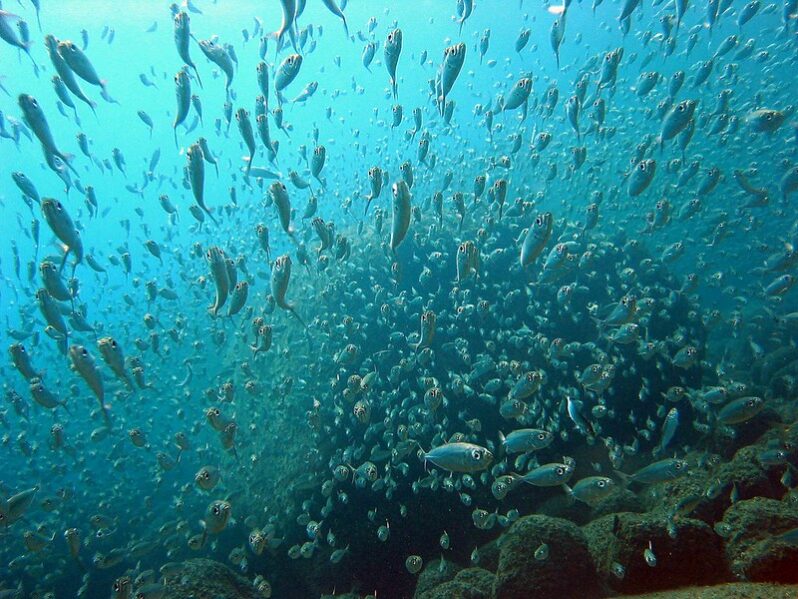
“What would happen to the ocean if we took out all the fish?” – Reny, age 12
Microplastics found in every human placenta tested in study – the Guardian
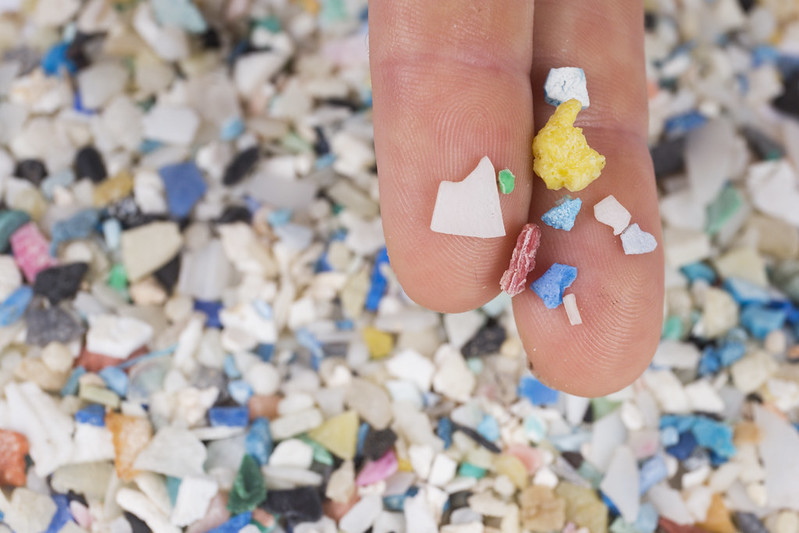
Scientists express concern over health impacts, with another study finding particles in arteries…The scientists analysed 62 placental tissue samples and found the most common plastic detected was polyethylene, which is used to make plastic bags and bottles. A second study revealed microplastics in all 17 human arteries tested and suggested the particles may be linked to clogging of the blood vessels…
